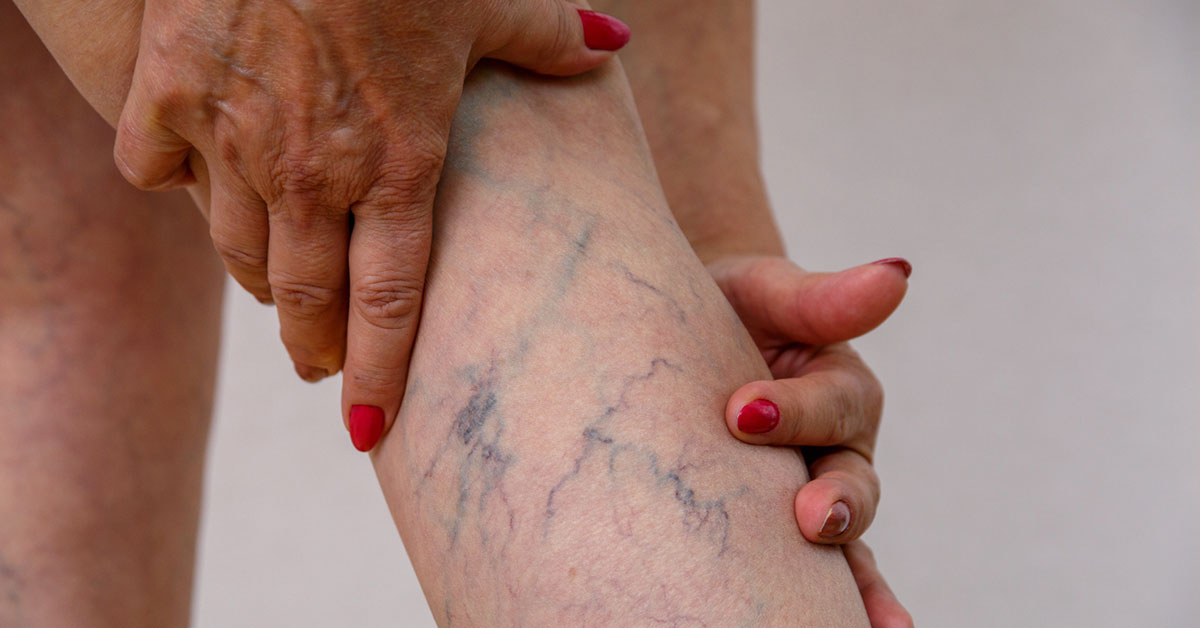Varicose Veins: Causes, Symptoms, and Treatment

Varicose veins are twisted, enlarged veins that can often be seen through the skin’s surface. Many patients think of them as a cosmetic issue, but they are a medical issue as well. Varicose veins are a type of vein disease. Vein disease is a common problem of the circulatory system.
While most varicose veins are not serious, there can be complications with blood clots and inflammation of the veins if left untreated.
Causes
Veins are the part of the circulatory system that bring blood back to the heart. They function with a system of one-way valves that control the flow of blood toward the heart. Superficial veins, those that are near the surface, can become weak over time. Varicose veins occur when increased blood pressure in the veins puts stress on the valves and walls of the veins. When the valves fail to function properly, blood can build up and stretch and twist into varicose veins.
Some risk factors and lifestyles can contribute to developing varicose veins. Varicose veins run in some families, so the risk may be inherited. Hormonal changes in women, such as pregnancy or taking hormonal birth control, can also increase the risk. Other factors that can put pressure on veins and increase risk include obesity, sedentary lifestyle, crossing your legs while sitting, age, and smoking. Leg injury also can increase the risk for developing varicose veins.
Symptoms
Common symptoms of varicose veins include:
- Dark blue or purple veins
- Veins that bulge and twist
- Pain after standing or sitting for a time
- Itching veins
- Throbbing or aching pain in legs
- Skin changes around a vein
Treatment
When treating varicose veins, doctors begin with non-invasive measures that can be done at home. These include compression stockings, elevating legs while sitting, and lifestyle changes, such as exercise. These measures can treat mild varicose veins that are not painful and prevent development of additional varicose veins.
If self-care measures do not work and varicose veins are causing pain, doctors begin to look at other procedures and surgery options.
- Sclerotherapy – This treatment injects a saline solution into the vein that causes it to collapse, after which the body naturally reroutes blood through other veins.
- Thermal ablation – Ablation uses a catheter, or small tube, inserted into the vein to destroy the vein by using radiofrequency or a laser.
- Vein removal procedures – These procedures can be used to tie off or remove a vein completely.
After treatment, it is important to continue prevention measures, as varicose veins often return. If you have questions about varicose veins, schedule an appointment with an Oklahoma Heart Hospital specialist today.
